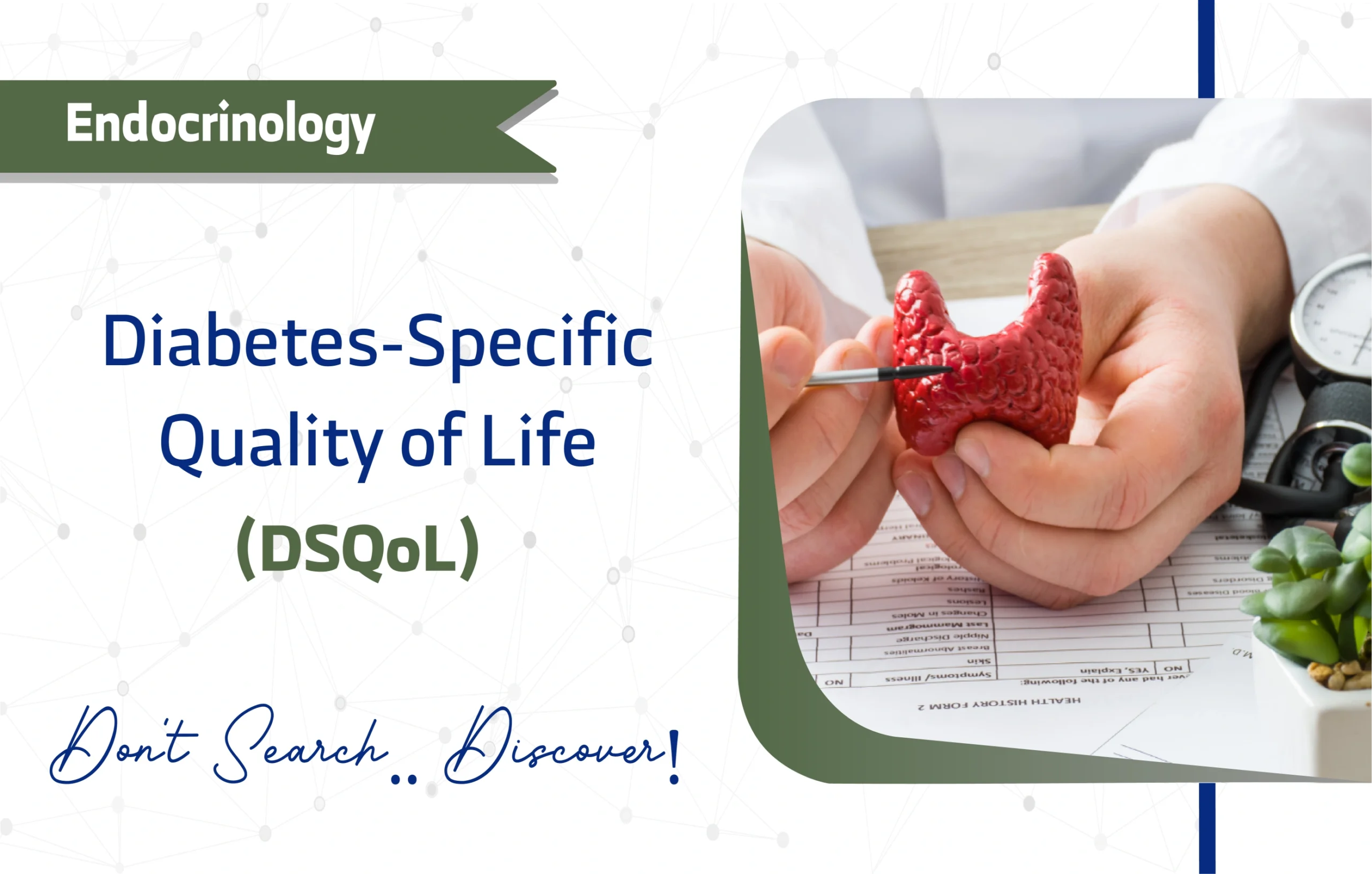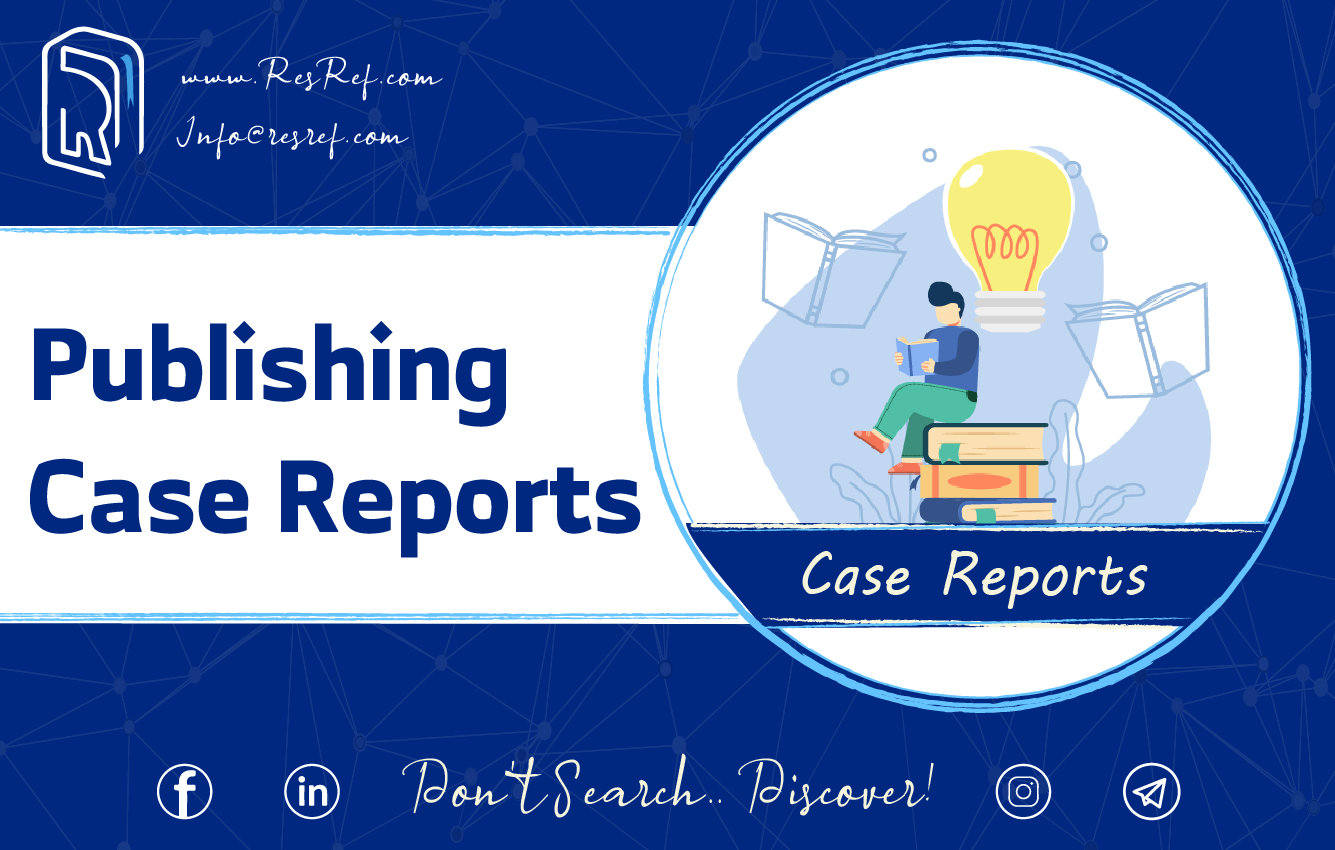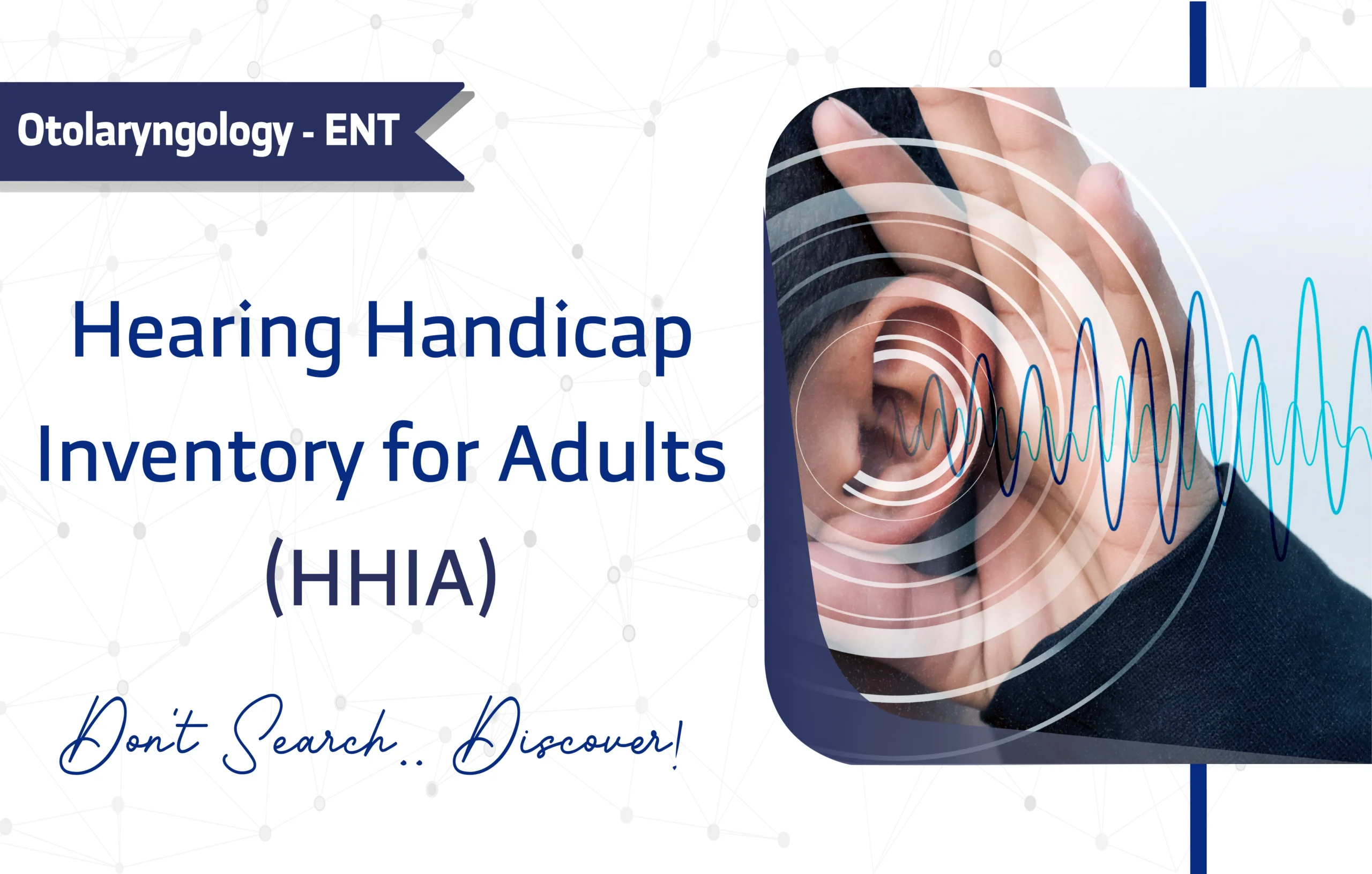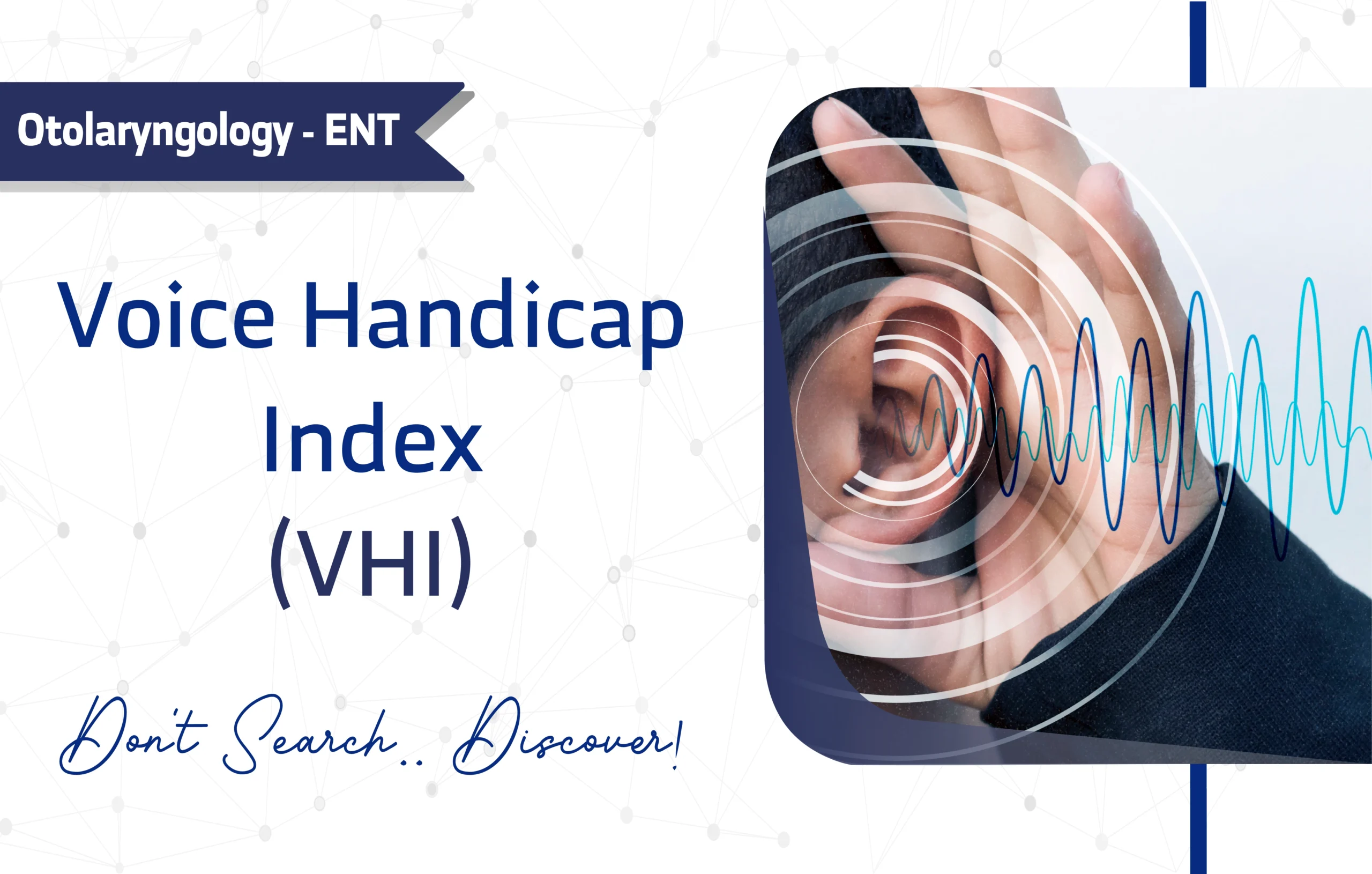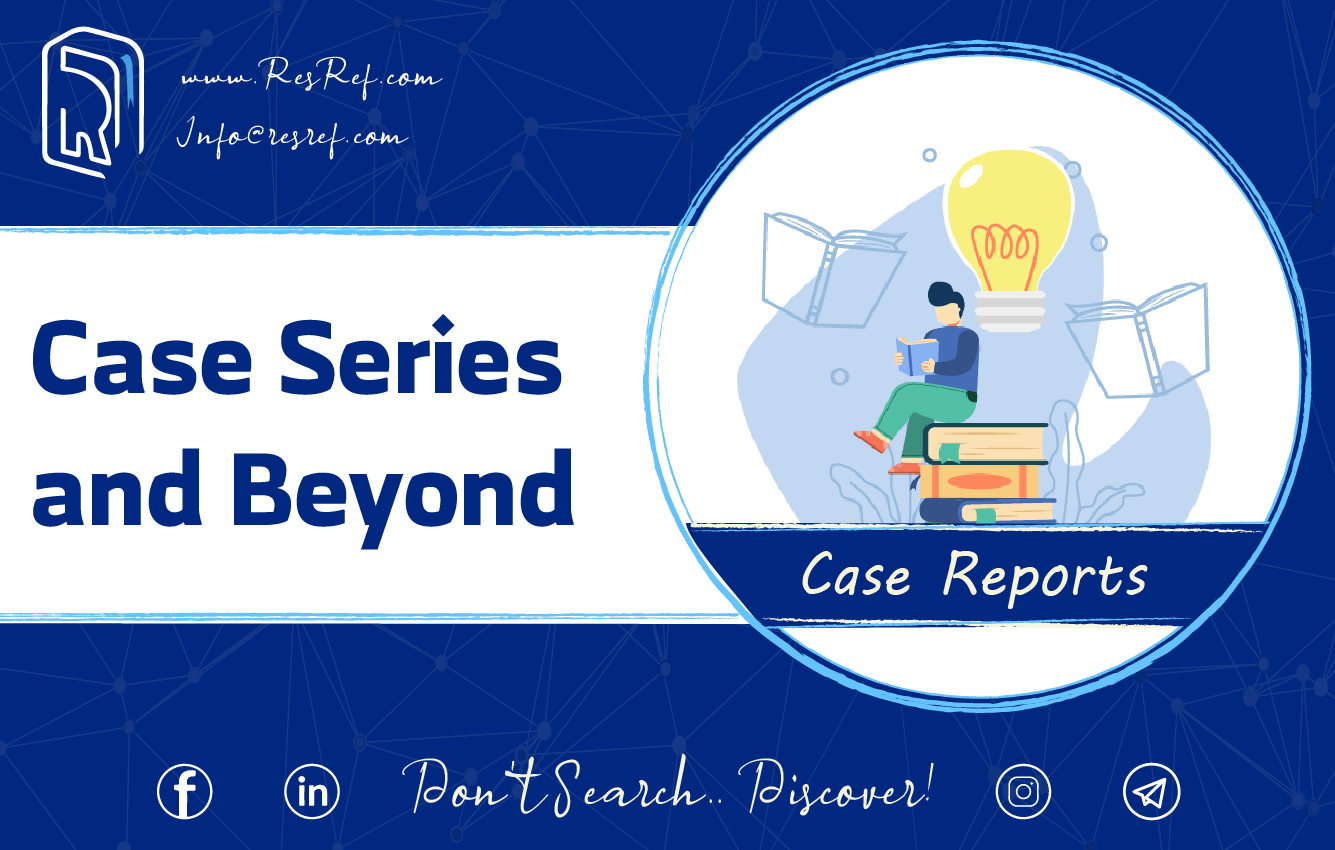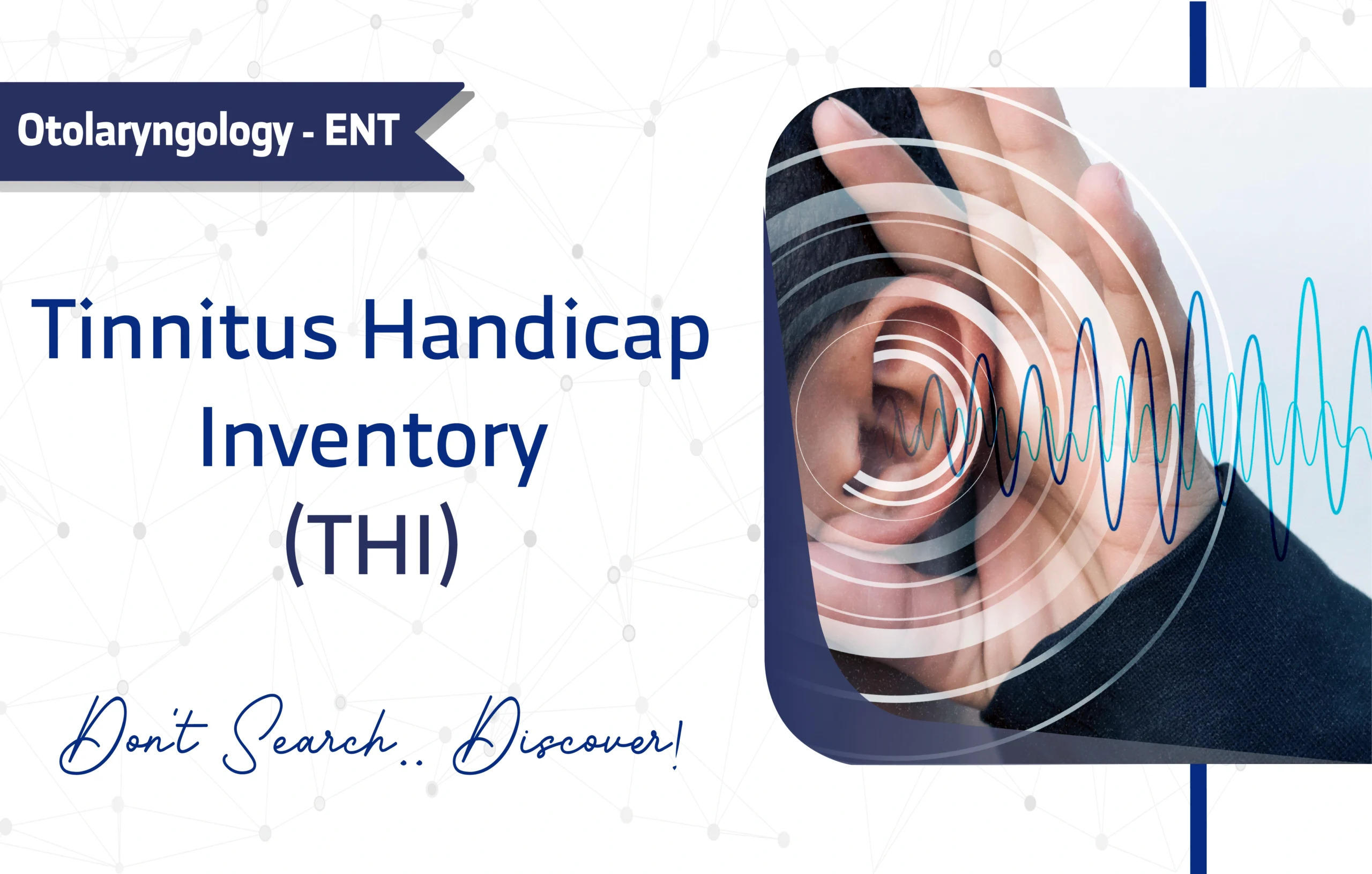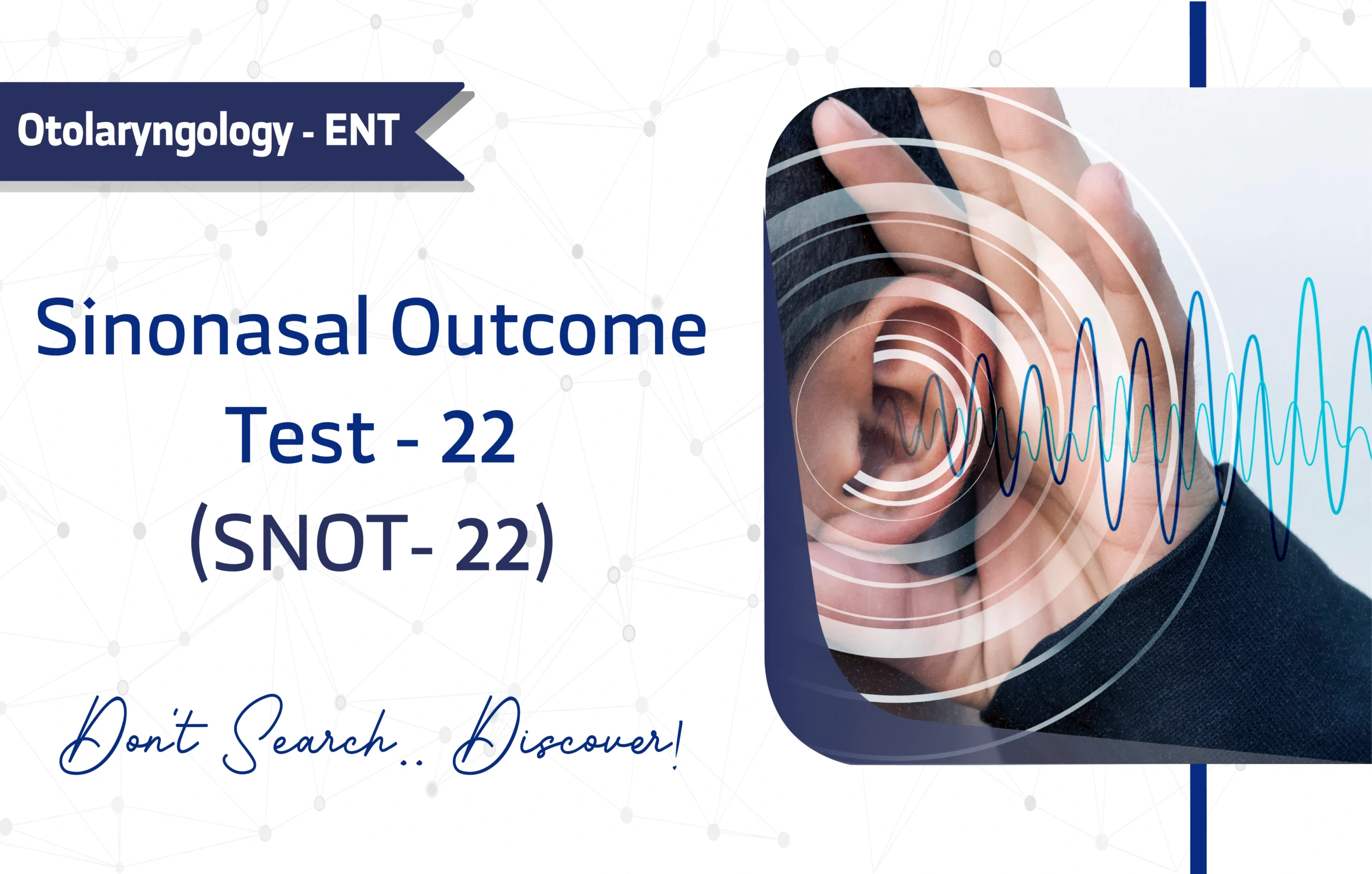Introduction
Diabetes-Specific Quality of Life (DSQoL) was developed by Uwe Bott and his team in 1998, creating a vital tool for evaluating diabetes’ multifaceted impact on patient well-being. Published in the Diabetes Care journal by the American Diabetes Association, this instrument has garnered over 300 citations, highlighting its significant role in endocrinology research and clinical practice
Consequently, the DSQoL enables clinicians and researchers to look beyond clinical markers and deeply understand patients’ lived experiences. This article thoroughly explores the DSQoL’s features, scoring methodology, applications, and limitations, serving as an essential resource for experts in the field.
Key Features of the Diabetes-Specific Quality of Life (DSQoL)
Purpose and Use
The DSQoL primarily assesses diabetes-specific quality of life with a focus on treatment burdens and their effects on overall well-being. Its targeted design makes it highly effective for evaluating therapeutic interventions’ holistic impact. Moreover, this tool provides actionable insights for improving patient outcomes in both clinical and research settings.
Target Population
The DSQoL targets adults aged 18 and older, including young adults (18–24), middle-aged adults (25–44), older adults (45–64), and seniors (65+). Specifically designed for patients with type 1 or type 2 diabetes, it proves unsuitable for children, adolescents, or those with cognitive impairments due to self-report bias risks. Thus, its application remains limited to cognitively capable adult populations.
Structure
The DSQoL questionnaire includes 64 items, carefully organized into seven distinct sub-domains:
- Treatment Goals (10 items)
- Treatment Satisfaction (10 items)
- Physical Complaints (10 items)
- Emotional Burdens and Worries (8 items)
- Social Problems (9 items)
- Daily Functions (e.g., work, leisure; 11 items)
- Diet Restrictions (6 items)
This structured approach allows researchers and clinicians to analyze diabetes’ impact on various life aspects in detail.
Scoring Method
The DSQoL employs a 6-point Likert scale for each item, where a score of ‘1‘ indicates the worst possible quality of life and ‘6‘ represents the best. Subscale scores are calculated as mean values, and therefore, higher scores consistently signify a better quality of life. The scale’s psychometric factor scoring was performed via factor analysis. For tracking progress, a shift of 10 or more points in a subscale score is considered a clinically significant change.
Administration Format
Completing the DSQoL takes 15–30 minutes, making it practical for both clinical and research settings. Healthcare providers can administer it through:
Paper-based forms
Digital (online) platforms
Mobile apps
In-person interviews
Phone or video calls
Its self-administered format requires no specialized training, enhancing accessibility in busy healthcare environments.
Applications of the Diabetes-Specific Quality of Life (DSQoL)
The DSQoL is a versatile instrument with multiple applications in the field of diabetes management.
- Screening: It effectively identifies patients experiencing a significant quality of life burden due to their condition.
- Monitoring: The scale is ideal for tracking patient-reported outcomes over time, which helps in assessing the effectiveness of ongoing treatments.
- Treatment Planning: Insights from the DSQoL can guide clinicians in tailoring therapeutic strategies to address specific areas of concern for the patient.
- Research: Due to its robust design, it is widely used in clinical trials to measure the impact of novel therapies on patient well-being.
Languages and Availability
The DSQoL is available in several languages, including:
English
Mandarin Chinese
German
Malay
This multilingual accessibility supports global research and clinical applications. Furthermore, the DSQoL is free for research use, although official translations may require permission from Uwe Bott at bott@uni-duesseldorf.de.
Reliability and Validity
The DSQOLS is highly reliable and valid, with strong psychometric properties. Its Cronbach’s alpha values demonstrate excellent internal consistency:
- Social Relations: 0.88
- Physical Complaints: 0.84
- Worries About Future: 0.84
- Leisure Time Flexibility: 0.85
- Diet Restrictions: 0.71
- Daily Hassles: 0.70
Validation Study:
Limitations and Considerations
Despite its strengths, the DSQoL has notable limitations:
Self-Report Measure: Subjective responses may reflect personal interpretation or emotional state.
Social Desirability Bias: Patients might provide socially acceptable answers, affecting data accuracy.
Length (Too Long): The 64-item questionnaire can cause respondent fatigue or incomplete assessments.
Age Restrictions: The tool suits adults aged 18 and over, excluding children and adolescents.
Cultural Bias: Content may lack relevance across diverse cultural backgrounds, limiting cross-cultural validity.
Language Barriers: Limited validated translations restrict use in multicultural settings.
Limited Validation Studies: Further studies across diverse ethnic and demographic groups are necessary to confirm global reliability and validity. Awareness of these limitations helps users select the most appropriate tool for their context.
Other Versions and Related Questionnaires
The DSQOLS has alternative versions, including:
- Short Clinical Inventory (~15 items)
- Urdu Short Form (~20 items)
Complementary Questionnaires:
- ADDQoL: Assesses diabetes-specific quality of life with a focus on individual priorities.
- DQOL: Measures quality of life in diabetes with broader domains.
- SF-36: Evaluates general health-related quality of life.
- PAID: Focuses on diabetes-related emotional distress.
- DHP: Assesses psychological and behavioral impacts of diabetes.
- DSQOLS: A related scale with similar domains.
Additional Resources
- Access the original validation study directly through this link: Validation of a Diabetes-Specific Quality-of-Life Scale for Patients With Type 1 Diabetes.
- For inquiries, contact the author at bott@uni-duesseldorf.de.
- Further information can be found at the American Diabetes Association.
Frequently Asked Questions (FAQ)
- Who can use the DSQoL?
Clinicians, researchers, and healthcare providers can use it for patients aged 18 and older with Type 1 or Type 2 diabetes. - How long does it take to complete the DSQoL?
Patients typically need 15 to 30 minutes, making it suitable for comprehensive assessments. - How is the DSQoL administered?
Healthcare teams can use paper-based, digital, mobile app, or interview formats for maximum flexibility. - Is there any cost to using the DSQoL?
The DSQoL is free for research use under an open-access license, though official translations may require permission.
A Word from ResRef about the Diabetes-Specific Quality of Life (DSQoL)
The Diabetes-Specific Quality of Life (DSQoL) offers a validated, reliable, and multi-domain approach to understanding diabetes’ impact on patients’ lives. Its comprehensive format supports clinical insight and research evaluation. However, its length and cultural specificity require careful consideration when selecting the best tool for specific needs.
References
- Uwe Bott, Ingrid Mühlhauser, Hubert Overmann, Michael Berger; Validation of a Diabetes-Specific Quality-of-Life Scale for Patients With Type 1 Diabetes. Diabetes Care1 May 1998; 21 (5): 757–769. Link
- Oluchi, S. E., Manaf, R. A., Ismail, S., Kadir Shahar, H., Mahmud, A., & Udeani, T. K. (2021). Health Related Quality of Life Measurements for Diabetes: A Systematic Review. International Journal of Environmental Research and Public Health, 18(17), 9245. Link


